Column: Newbury juvenile justice facility plan leaves room for abuse
| Published: 02-06-2024 3:46 PM |
Abuse occurs behind locked doors because it can; it occurs in cities and small towns; it knows no socioeconomic limitations. Most people do not want to believe that abuse is ubiquitous, and they turn a blind eye.
In the face of this reality, Montpelier’s approach to Vermont’s most vulnerable and/or dangerous youth appears to consist entirely of privatizing facilities to avoid scrutiny and oversight, and placing youth residential facilities in remote locations where they lack supportive services.
In 1991, the Federal Government established The National Child Protection Act; It took Vermont 18 years, and the rape and death of a young girl, before the state passed Act 1 of 2009, creating the Vermont Child Protection Registry (CPR), intended to “improve Vermont’s sexual abuse prevention and response systems.” Within the Agency of Human Services, the Department of Children and Families performs CPR checks for both state-run and private residential facilities, including Woodside, the state’s juvenile lockup, before it was closed in 2020.
In the December 2019 State Auditor’s report titled, “Child Protection Registry: Agency of Human Services,” State Auditor Doug Hoffer concluded:
“While there were a few organizations that neglected to check one or two newly hired employees against the CPR or another DCF system, there were three organizations that failed to make required checks in more numerous instances … Lund Family Center, Vermont Permanency Initiative and Woodside Juvenile Rehabilitation Center…”
DCF’s “oversight” involved turning a blind eye to the abuse and the abusers at Woodside, leaving numerous individuals with lifelong trauma. Reporter Joe Sexton’s “The Loss of Grace,” an account of abuse suffered by Woodside inmates published in Seven Days, pointed to this Administration’s lack of accountability:
“No far-reaching inquiry into what went wrong at Woodside was ever ordered or done — not by Gov. Phil Scott, not by DCF or the Agency of Human Services, not by police or prosecutors,” Sexton wrote
In 2020, DCF officials presented their privatization strategy to the Legislature. Meanwhile, there’s a national movement away from the use of private youth residential facilities due to scandalous abuse, poor oversight and lack of transparency. Yet this is the model that Vermont wants to perpetuate, placing all vulnerable and/or dangerous youth into the care of private contractors.
Article continues after...
Yesterday's Most Read Articles
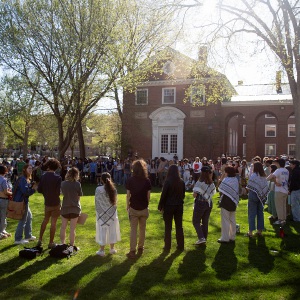 Dartmouth administration faces fierce criticism over protest arrests
Dartmouth administration faces fierce criticism over protest arrests
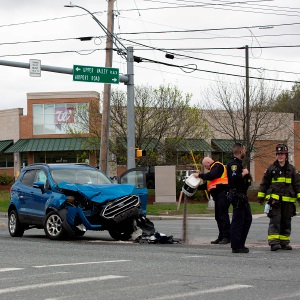 West Lebanon crash
West Lebanon crash
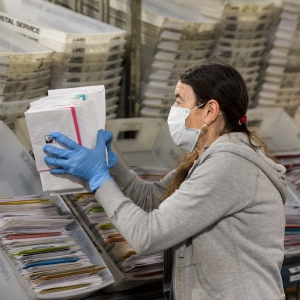 Plan on track to ship Upper Valley mail to Connecticut for sorting
Plan on track to ship Upper Valley mail to Connecticut for sorting
 Lebanon’s Jewell back from auto accident, more aware of ‘drowsy driving’ dangers
Lebanon’s Jewell back from auto accident, more aware of ‘drowsy driving’ dangers
 Longtime employees buy West Lebanon pizzeria
Longtime employees buy West Lebanon pizzeria
Youth sent to Newbury would be placed into a privately owned facility, run by a private entity, Vermont Permanency Initiative, with a history of its own. They would be in an isolated, heavily forested tract of land, on a dirt road with no reliable cell phone service or internet connections, with no access to public transportation for their families to visit. The town has extremely limited volunteer emergency services available for any crisis that may occur at this facility. What could possibly go wrong?
More recently, DCF Commissioner Chris Winters suggested that “any potential for future abuse will be mitigated by DCF contracting and licensing privately run facilities,” implying that the act of replacing a trained state employee with a private employee will magically reduce the risk for future abuse. He further suggested that a private facility would have improved oversight: How is that?
When asked, “What about the system of reporting abuse needs to change” Winters responded, “We just have to make sure the provider is trusted, adequately trained, and we have a lot of oversight and auditing of them.” The state would do better to improve its own oversight and competence in delivering these services.
It seems DCF doesn’t trust its ability to oversee its own operations, yet we are expected to trust them to oversee private providers. DCF has struggled to find private providers for this work. Can we expect that they will be rigorous in their oversight with no other options? It seems the private providers have all the power here, leaving both taxpayers and the youth in these facilities at their mercy.
We all have a responsibility to hold DCF accountable in preventing systemic abuse of youth in their care. We can demand that they reform their insular management, focus on greater transparency and oversight, and be responsive to public records requests.
While some youth may require a residential or detention-style facility, no one deserves to be hidden away and forgotten, or whatever else may occur. We all deserve a childhood free from abuse and fear. A remote location, isolated from families, adds to the risk of abuse, and creates obstacles for reporting that abuse.
Gov. Scott recently acknowledged the state’s shortcomings regarding the high-end system of care for Vermont youth — now let’s face the truth and move forward. However, since his acknowledgment of their error regarding policy decisions, we’re now watching his administration’s current experiment — the state-wide privatization of youth residential facilities.
Is this truly the best we can offer Vermont’s most vulnerable and/or dangerous youth, or is this all the state believes they deserve?
Joanne O’Meara is a survivor of long-term childhood abuse, and she is keenly interested in the well being and care of youth in residential facilities as well as in the community. She lives in Newbury, Vt.

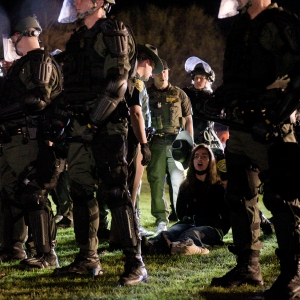 Editorial: Response to campus protests only adds fuel to the fire
Editorial: Response to campus protests only adds fuel to the fire Editorial: Chris Sununu’s moral vacuum
Editorial: Chris Sununu’s moral vacuum Editorial: Gambling tarnishes America’s sporting life
Editorial: Gambling tarnishes America’s sporting life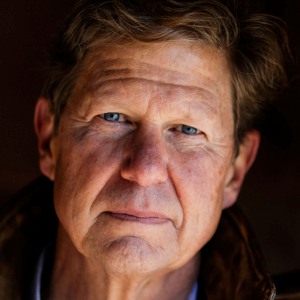 By the Way: A white nationalist’s many mistruths
By the Way: A white nationalist’s many mistruths
